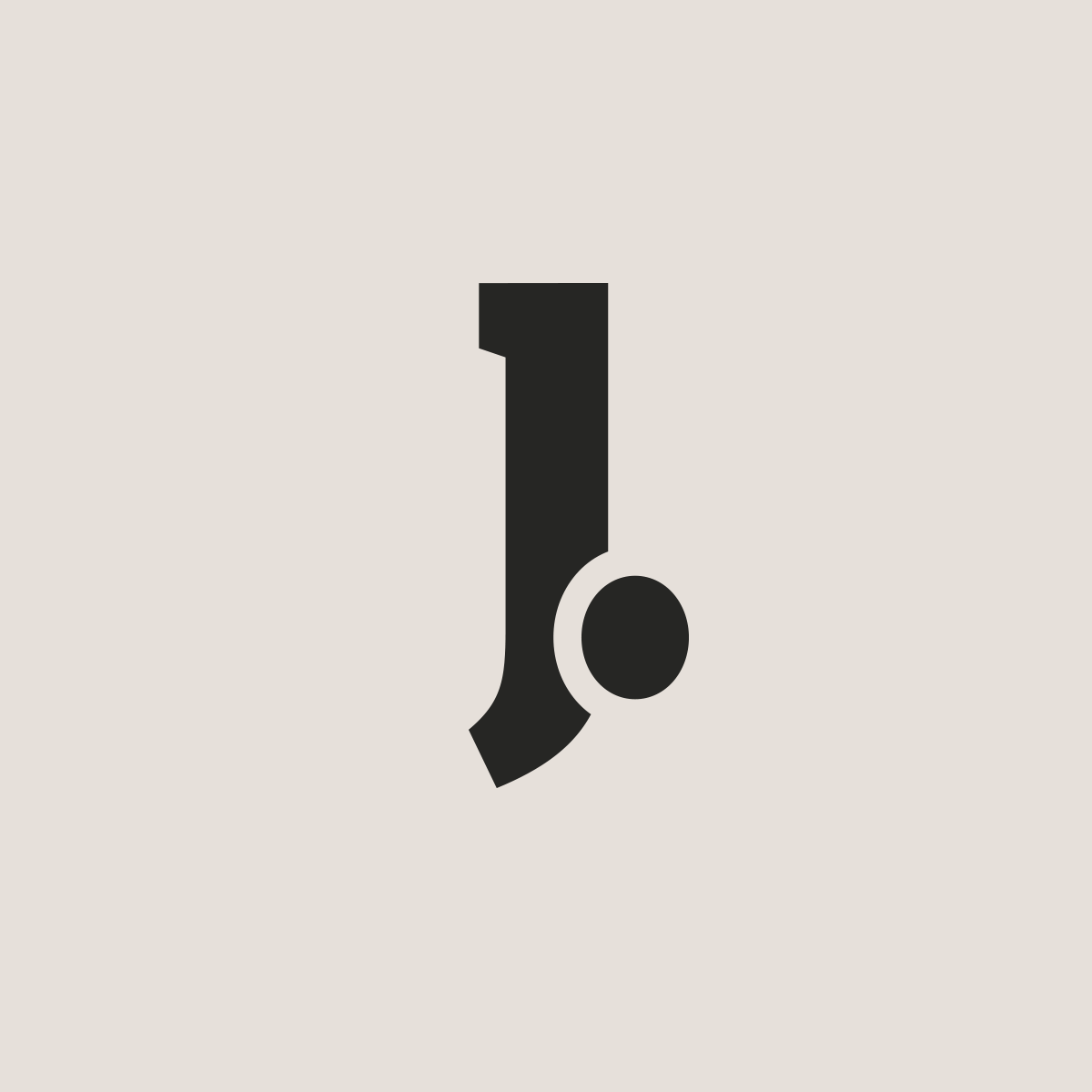Trends are powerful in design. Trends ARE design. As human beings, we always think the current designs are the best designs ever, until the next trend comes through. So today we will answer:
“Is flat design better for UX?”
Just starting the Crash Course? Start here!
****
Just in case you have been living under a rock for the past few years: all of your apps that looked like real notepads and real radios and other real-life tools, have now become minimal, 2-dimensional interfaces that don’t resemble anything from the real world at all.
Some say this is design becoming “digital native” because the world understands how digital shit works now, and we don’t have to make a toggle switch look like the lightswitch in your bathroom.
Which raises today’s question.
****
The stupid answer(s):
a) Flat design reduces the amount of details on the screen, therefore it is simpler to use.
b) Jony Ives is a god, and he went flat. Therefore flat design is best.
c) Flat design makes me happier, therefore it makes users happier.
d) Once you go flat, you never go back.
(All dumb. All wrong.)
****
The Real Answer:
Flat design is not better or worse.
Flat design is just a style.
It’s a style that is easier to create compared to the style that looks like real things, so it allows more designers — and younger designers — to make professional-looking designs. That is a great thing about flat design.
Skeuomorphic design (that looks like real things) is probably easier to learn for users doing something completely new, but “good” UX can have any style.
Remember: UX is not about how it looks.
****
Why this isn’t a stupid question:
Flat design makes UX harder to do well.
The Catch-22 with flat and non-flat design is that you have more visual tools to work with in non-Flat design. Minimal UX design isn’t easier. It’s harder for the designer.
Shadows give depth, and gradients make it easier to see which things are buttons and which are backgrounds. Textures allow designers to make the writing area look like paper, which explains a lot without saying a thing.
In minimal, flat design, that writing area might be white nothingness, which doesn’t say shit to a new user.
Many of the trends in flat design are harder to use than older trends, even though they look cooler.
A large percentage of users still don’t understand hamburger icons, so they miss the hidden menu completely.
Menu items get less clicks when they just look like text. Without something else to make them look “clickable”, people just don’t click them.
Search bars in current sites and apps are often just empty space, because that looks awesome. But even Facebook and Medium have taken steps to make their searches more clear, because the “no interface” approach wasn’t getting results.
****
Don’t be a trend whore. UX isn’t about style.
No matter what the trendiest trendista says you should do, always keep the user in mind.
Flat design is great, and when done well it can be just as good as any other style. It was great in the 1940-60′s too (see: Swiss design, Bauhaus, etc.). And on cave walls. And it will probably be great again.
Use it! Innovate on it! Try to improve it!
But think about the user first.
Show the menu, and make it look clickable.
Work on your information architecture so it is simple enough to show the menu. That’s a GOOD thing.
If you must use a hamburger icon you’re probably being lazy, but at least put it in a coloured box and write “menu” beside it so people that aren’t you will know what the hell it is.
In your search field, add a magnifying glass icon and a little text hint like “Search for other Furries near you…” or whatever is relevant for your personal project.
****
Tomorrow we will answer: “Is parallax good UX?”
